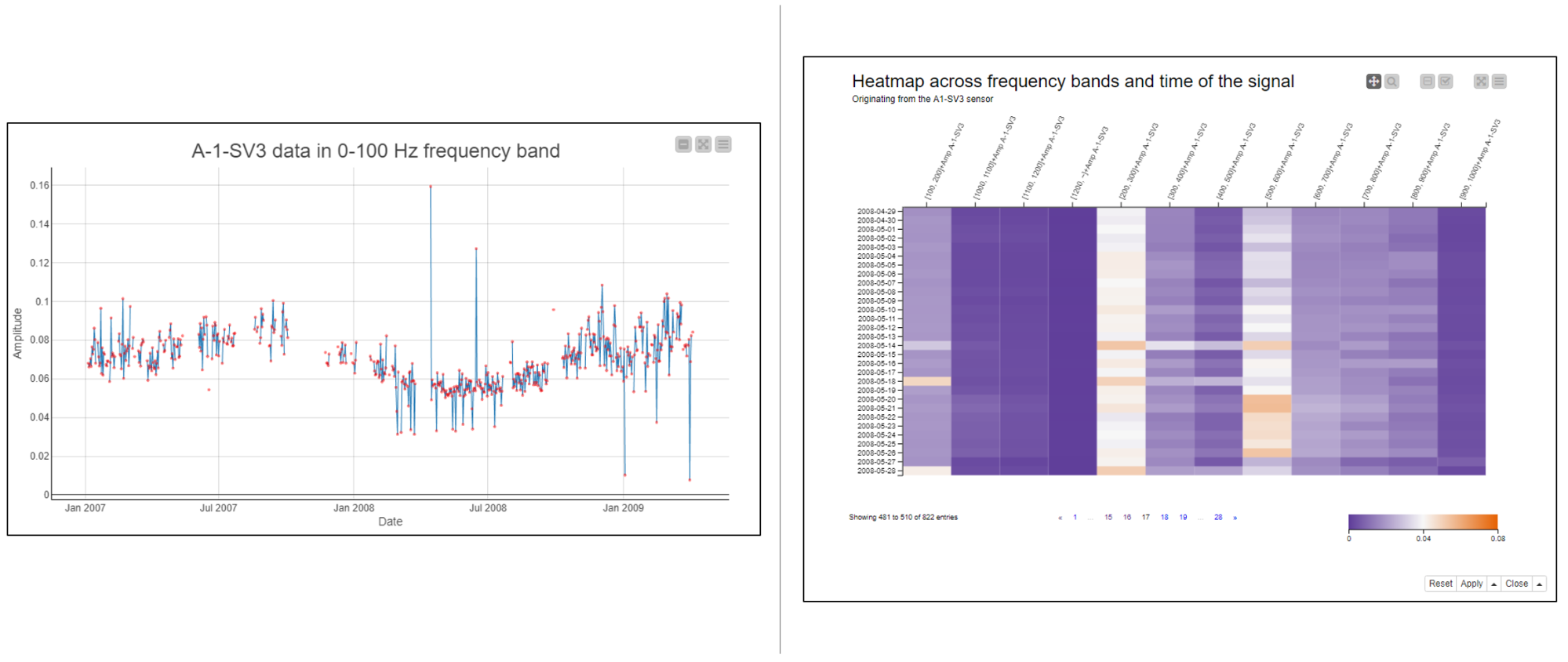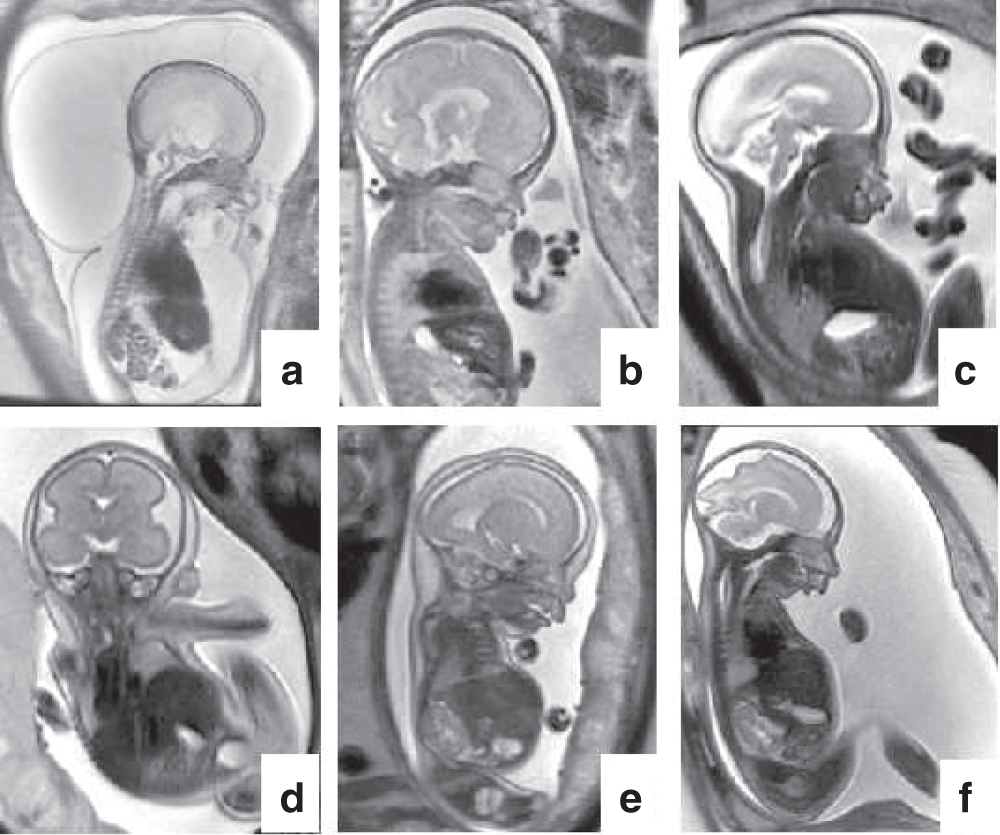

The Descemet membrane, posterior stroma and endothelium of the centre of the cornea do not develop properly, leading to opacity in its centre (leukoma, from the Greek 'leucus' which means white). Peters anomaly is usually detected by the paediatrician straight after birth, as newborns usually have a white spot in the centre of the cornea. The majority of cases are sporadic, but recessive and dominant autosomal inheritance patterns have been described, in which there is more than one family member with the same condition. The PAX6 is the gene that regulates the embryonic development of the eyeball and the mutations in this gene may cause other pathologies like congenital aniridia. These genetic mutations may occur in at least 4 genes: PAX6, PITX2, FOXC1 and CYP1B1. Its exact cause is unknown, but ethiopathogenic factors are involved in the genes affecting the embryonic development of the eye.

It may affect one or both eyes, although it is bilateral and asymmetrical in 80% of cases. Peters anomaly is an uncommon pathology that affects around 1 in every one million people and is responsible for 40% of congenital corneal opacities. It has 5 layers: the epithelium, the Bowman's membrane, the stroma, the Descemet membrane and the endothelium. In normal conditions, it is a transparent tissue due to the absence of blood vessels and the distribution of the fibres comprising it. The cornea is located in the front most part of the eyeball. Peters anomaly is a congenital defect in the embyonic development of the anterior segment of the eyeball, causing patients to be born with an opaque area in the centre of the cornea.


 0 kommentar(er)
0 kommentar(er)
